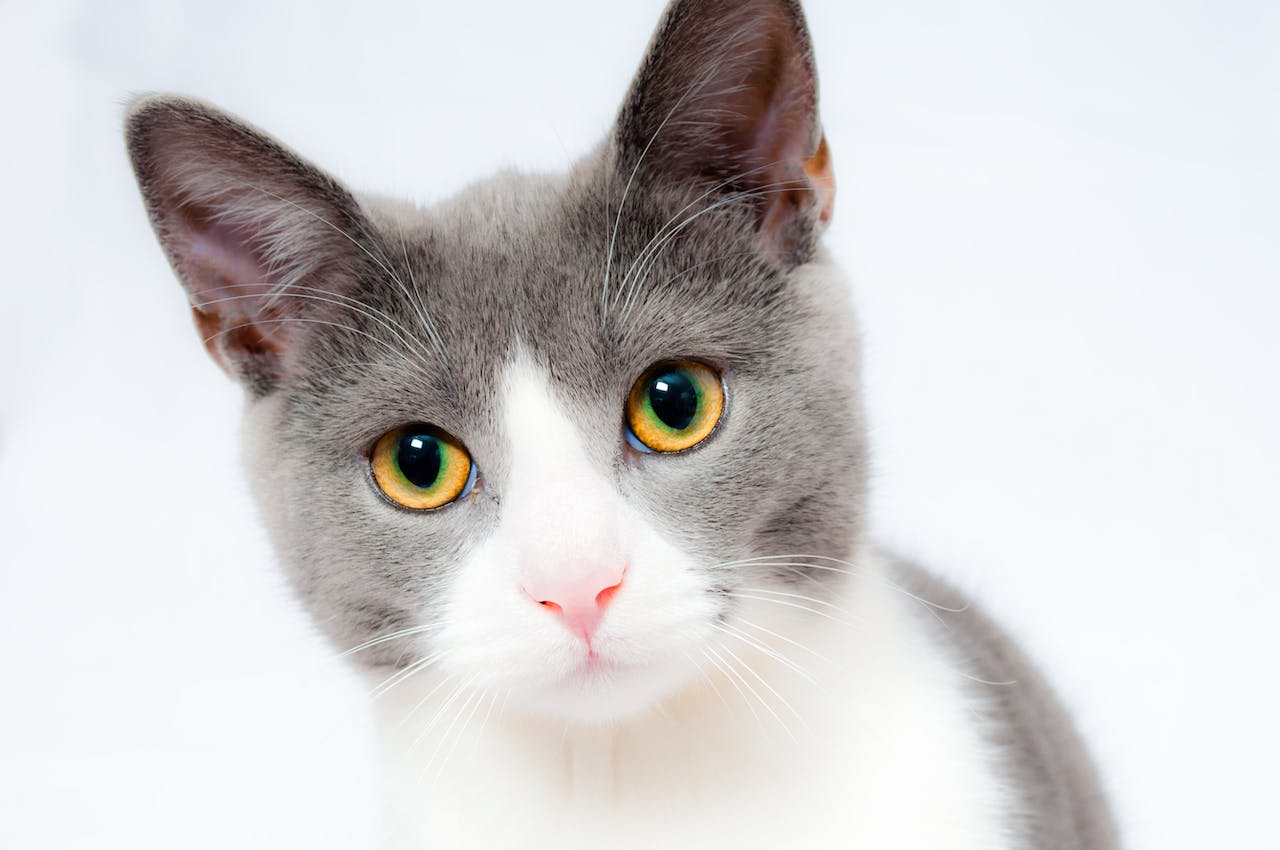7 Human Behaviors Cats Hate

Cats come in all shapes and sizes and we share our homes with them to enjoy their wonderful, feline natures. But how do cats feel about living with us? While I think they enjoy being members of our households, cats are probably all in agreement that there are things we do that they wish we’d just stop.
1. Sudden changes
Cats can be very sensitive, particularly to changes in their environment. Cats would be happier if their humans took the time, particularly when they’re kittens, to acclimate them kindly to stressful events such as being put in a carrier and taken on a car ride. Even more stressful is a visit to the veterinarian where the cat will be handled in ways she may not enjoy. Desensitizing your cat to these situations and providing lots of reinforcement and concern for their point of view can go a long way to making these activities less of an emotional and physical drain for your kitty.
2. Forcing social interactions
Cats are known for being independent, and one of their key needs involves allowing your cat to hide if she feels stressed, as well as giving your cat places to move vertically. If a cat doesn’t have these options, she can react negatively to unpleasant events such as loud noises or strangers in the house. Humans can also misinterpret a cat’s hiding behavior and attempt to force the cat out to deal with the situation that is making her stressed (also known as flooding). Cats do not find this to be a positive way to build trust and handle stress. Cats also enjoy climbing; providing them with cat trees, carpeted shelves and window boxes can reduce stress and provide enrichment, which makes for a happier animal.
3. Holding on too tight
We humans often assume that our pets enjoy the same types of interaction we do. For example, most cats (and dogs) do not enjoy being hugged, and when our pets try to get away, we often have a tendency to try even harder to hug them. Depending on the cat, she may also not enjoy tummy rubs, even if she seems to solicit this behavior when rolling over and exposing her stomach. Doing this can make a cat feel vulnerable and can lead to biting and aggressive behavior. Every cat is an individual so get to know your cat to see if this is a behavior she really, truly enjoy or is a behavior she is merely tolerating until she lets you know she has had quite enough.
4. Treating cats like small dogs
A huge pet peeve of cats is the assumption that they have the same needs and behaviors as a small dog. Nothing can be further from the truth, and cats are truly appalled at the comparison. When working with a cat to provide training, behavior modification and/or enrichment, make sure you do your research on what cats find reinforcing and what intimidates and frightens them.
5. Punishing cats for normal behaviors
While dog training has made great strides in promoting the use of positive reinforcement, I often hear from clients and other behavior consultants that the use of deterrents such as water-squirt-bottles are still used with cats. Squirting a cat with water because the cat is doing something you dislike, such as digging up your houseplants, only serves to make the cat wary of you, and does not really stop the behavior. Cats would love it if their guardians would take a tip from the dog training world; focus on providing cats with more enrichment that meets their needs and rewarding them positively for appropriate behaviors, rather than using punishment to scare them off. Another punishment that can be extreme for cats is declawing, which is not only painful for the animal, but can lead to litter box problems, fear and aggression over a cat’s lifetime. There are many humane alternatives, such as plastic nail caps, scratching posts and keeping your cat’s nails trimmed.
6. Treating cats like small humans
Some cats do not enjoy being dressed up in costumes, though humans persist in this behavior for reasons those cats can simply not fathom. Again, every cat is an individual so you may have a cat that actually enjoys this, but make sure you really look at the body language and how the cat acts. A great resource for learning more about cat body language is the CD “What is My Cat Saying;” It provides video and photos of a variety of cat body postures to help you learn more about how your cat communicates.
7. Stressful internet exploits
While I’ve often heard the joke that the Internet was created for the sole purpose of disseminating cute cat videos, many of these videos actually make behavior experts cringe. While many of these videos can show some truly adorable cat antics, I’ve often seen videos that display frightened, stressed, and/or aggressive behaviors that are misinterpreted and seen as humorous. The popularity of these videos and photo memes are a good indication of how much we humans need to learn about cat body language and acceptable interactions with cats. So while cats enjoy being loved by millions, they’d appreciate it if we learned to enjoy videos that celebrate truly happy, joyful cats.












